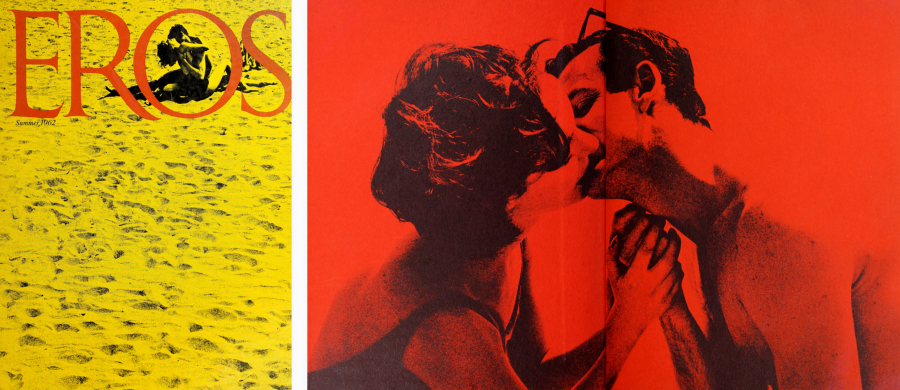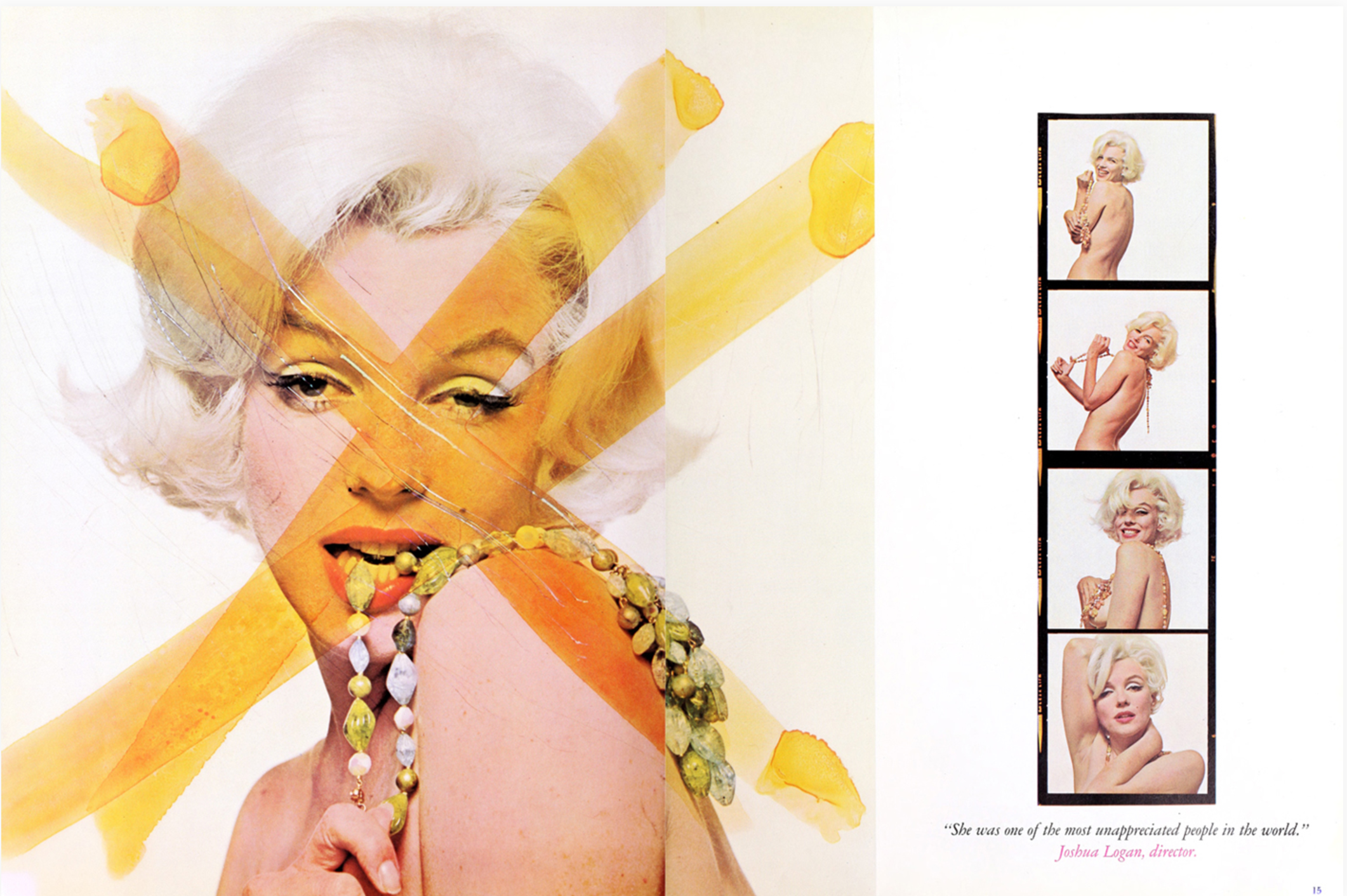[Most Recent Entries] [Calendar View]
Wednesday, May 10th, 2017
| Time | Event |
| 8:00a | Watch the 1917 Ballet “Parade”: Created by Erik Satie, Pablo Picasso & Jean Cocteau, It Provoked a Riot and Inspired the Word “Surrealism” In 1917, a handful of Europe’s leading avant-garde artists collaborated on a project that it’s hard to believe actually exists. Conceived “in the fertile, creative mind of Jean Cocteau,” writes Museworthy, the ballet Parade combined the talents of Cocteau, Erik Satie, Pablo Picasso, and Sergei Diaghilev’s dance company the Ballets Russes in a cubist slice of dreamlike life. Its brings popular entertainments into the high art of ballet, something simply not done at the time, and features a very early use of sound effects in the score, added by Cocteau, to Satie’s annoyance. Parade was Satie’s first ballet and the first (but not the only) time he would work with Picasso.  Cocteau’s short, one-act scenario presents us with a troupe of carnival performers trying to entice passersby into their shows. They are unsuccessful, this troupe, consisting of a Chinese magician, young American girl, a pair of acrobats, a horse, and several dancers in huge cardboard cubist costumes so heavy and awkward they can hardly move. But “if anyone found Picasso’s costume designs a bit wacky, they’d sure be pleased with his gorgeous set designs,” Museworthy notes, pointing out the backdrop above. Indeed it was hardly unusual for an avant-garde modernist painter to design for the ballet; “Salvador Dali, Marc Chagall, Andre Derain, Joan Miro, and Léon Bakst all worked on costumes and scenery, much of it for the Ballets Russes.” But there was something especially infuriating about this piece for audiences. (You can see an excerpt from a recent production at the top, and a low quality video of a longer performance above.) The premiere provoked an even bigger riot than Stravinsky’s The Rite of Spring had four years earlier. It’s said that Erik Satie was slapped in the face by an angry attendee. “Critics weren’t much kinder than the masses,” Museworthy adds. After one scathing review, Satie sent the critic angry postcards calling him a “blockhead,” “cretin,” and an “arse.” He was convicted of libel but managed to evade a prison sentence.  Picasso, on the other hand, “came out of the Parade debacle quite well” and would marry one of the dancers, Olga Khokhlova the following year. His highly-regarded design and costuming partly inspired the poet Guillaume Apollinaire to coin in his program notes the word “surrealism” before Surrealism became an artistic phenomenon in Paris. As such, Parade should maybe be required viewing for every student of Surrealist art, dance, film, etc. from Dali to David Lynch. Related Content: Hear Igor Stravinsky’s Symphonies & Ballets in a Complete, 32-Hour, Chronological Playlist Josh Jones is a writer and musician based in Durham, NC. Follow him at @jdmagness Watch the 1917 Ballet “Parade”: Created by Erik Satie, Pablo Picasso & Jean Cocteau, It Provoked a Riot and Inspired the Word “Surrealism” is a post from: Open Culture. Follow us on Facebook, Twitter, and Google Plus, or get our Daily Email. And don't miss our big collections of Free Online Courses, Free Online Movies, Free eBooks, Free Audio Books, Free Foreign Language Lessons, and MOOCs. |
| 11:17a | A Complete Digitization of Eros Magazine: The Controversial 1960s Magazine on the Sexual Revolution  Last year we told you about the digitization of Avant Garde magazine, a short-lived but influential 1960s magazine, which featured lithographs by John Lennon and artistic photographs of Marilyn Monroe. Today, we’re pleased to announce the digitization of Avant Garde‘s sister magazine, Eros. Also a collaboration between Ralph Ginzburg (editor) and Herb Lubalin (art director), Eros positioned itself as a quarterly magazine on love and sex in America. Authorities, however, didn’t take kindly to a magazine covering the sexual revolution. Not in 1962. And when Eros published its fourth issue, Robert Kennedy, the U.S. Attorney General, indicted Ginzburg for distributing obscene literature through the mail and violating federal anti-obscenity laws. Ginzburg was convicted (a decision later affirmed by the Supreme Court) and sentenced to five years in prison. Ultimately, he served eight months. A newly-created website lets you read digital copies of Eros. All four issues: Spring 1962, Summer 1962, Autumn 1962, and Winter 1962. When you visit the site, click the word “Index” in the top right corner, and then you can easily navigate through individual pages.  As you do, keep one thing in mind: Eros was no flimsy magazine. According to The New York Times, it was a “stunningly designed hardcover ‘magbook’,” covering “a wide swath of sexuality in history, politics, art and literature” and featuring articles by the likes of Nat Hentoff. Also, if you click on “Resources” once you’re on the new site, you can read articles about Eros magazine and the controversial trial. Follow Open Culture on Facebook and Twitter and share intelligent media with your friends. Or better yet, sign up for our daily email and get a daily dose of Open Culture in your inbox. If you’d like to support Open Culture and our mission, please consider making a donation to our site. It’s hard to rely 100% on ads, and your contributions will help us provide the best free cultural and educational materials. Related Content: Extensive Archive of Avant-Garde & Modernist Magazines (1890-1939) Now Available Online 2,200 Radical Political Posters Digitized: A New Archive A Complete Digitization of Eros Magazine: The Controversial 1960s Magazine on the Sexual Revolution is a post from: Open Culture. Follow us on Facebook, Twitter, and Google Plus, or get our Daily Email. And don't miss our big collections of Free Online Courses, Free Online Movies, Free eBooks, Free Audio Books, Free Foreign Language Lessons, and MOOCs. |
| 2:15p | The Love Letters of Hannah Arendt and Martin Heidegger  The notorious four-year affair between Hannah Arendt and Martin Heidegger has occasioned many a bitter academic debate, for reasons with which you may already be familiar. If not, Alan Ryan sums it up succinctly in a 1996 New York Review of Books essay:
Arendt went on to write The Origins of Totalitarianism and Eichmann in Jerusalem, in which she used the phrase “banality of evil” for the Nazi functionary on trial at Nuremberg. Heidegger refused to discuss his collaboration publicly and “remained silent about the extermination of the Jews, about the terrorism of Hitler’s regime.” But as we’ve learned from his recently published journals, the so-called Black Notebooks, he was privately a “convinced Nazi,” as Peter Gordon observes, who “did not awaken from his philosophical-political fantasies. They only grew more extreme.” But indeed, Arendt and Heidegger were in love, during an affair that began when she was an 18-year-old student and he her married 36-year-old professor. Their letters show an illicit relationship developing from caution to infatuation. Heidegger waxed romantically philosophical:
But both of them knew the relationship could not last, and Heidegger suggested that moving on from him would be in her best interest as a young scholar. In 1929, Arendt met and became engaged to a German journalist and classmate in Heidegger’s seminar. She sent her professor a note on her wedding day which begins, “Do not forget me, and do not forget how much and how deeply I know that our love has become the blessing of my life.” Before his Nazi appointment, Arendt wrote to her former lover and mentor in 1932 or 33 upon hearing rumors “about Heidegger’s sympathy with National Socialism.” (Her letter has been lost.) He replied with a number of excuses for specific acts—such as refusing to supervise Jewish students—and assured her of his feelings, but “nowhere in the letter is there any denial of Nazi sympathies,” writes Adam Kirsch at The New Yorker. The two met after the war in Freiburg, and Heidegger later sent Arendt a passionate, poetic letter in 1950, extolling the “exciting, still almost unspoken understanding” between them, “emerging from an affinity that was created so quickly, that comes from so far away, that has not been shaken by evil and confusion.” Later, in a 1969 birthday tribute essay “Martin Heidegger at Eighty,” Arendt penned what has generally been taken as an exoneration of Heidegger. In it, she “compared Heidegger to Thales,” writes Gordon, “the ancient philosopher who grew so absorbed in contemplating the heavens that he stumbled into the well at his feet.” The truth is quite a bit more complicated than that, and quite a bit less lofty. But as Maria Popova eloquently writes, their relationship “exposes the complexity and contradiction of which the human spirit is woven, its threads nowhere more ragged than in love.” Read many more excerpts from their letters at Brain Pickings. And find complete letters collected in the volume, Letters: 1925-1975 – Martin Heidegger and Hannah Arendt. via Brain Pickings Related Content: Heidegger’s “Black Notebooks” Suggest He Was a Serious Anti-Semite, Not Just a Naive Nazi Martin Heidegger Talks Philosophy with a Buddhist Monk on German Television (1963) Josh Jones is a writer and musician based in Durham, NC. Follow him at @jdmagness The Love Letters of Hannah Arendt and Martin Heidegger is a post from: Open Culture. Follow us on Facebook, Twitter, and Google Plus, or get our Daily Email. And don't miss our big collections of Free Online Courses, Free Online Movies, Free eBooks, Free Audio Books, Free Foreign Language Lessons, and MOOCs. |
| 5:00p | How Good Are Your Headphones? This 150-Song Playlist, Featuring Steely Dan, Pink Floyd & More, Will Test Them Out
Photo via Adamantios at Wikimedia Commons Back in the Mad Men heyday of high-end home stereo, audiophiles could buy records full of sound-but-not-exactly-music, specifically engineered to test the limits of — or simply show off — their personal systems. Less technically obsessive but still proud hi-fi owners could drop the needle on one of the albums known almost as well for the richness of its sound as the artistry of its music, such as Frank Sinatra’s In the Wee Small Hours or Charles Mingus’ Mingus Ah Um. The website, What Hi-Fi?, includes both of those 1950s landmarks on their list of twelve of the best vinyl test records, which goes on to mention Neil Young’s Tonight‘s the Night, Talking Heads’ Remain in Light, and Radiohead’s In Rainbows, all worth a listen no matter your setup. But what if you listen, as so many of us in the 21st century do, not on vinyl through speakers but on digital data internet-streamed through headphones? Spotify (whose free software you can download here) has assembled a 150-song playlist designed to give you a sense of how well those headphones are serving you, bringing together the work of such audio-conscious artists as the aforementioned Neil Young (a vocal critic of today’s music formats), David Bowie, Suzanne Vega (known as “the Mother of the MP3”), Leonard Cohen, Pink Floyd, and those consummate studio geniuses Steely Dan (albeit not “Deacon Blues,” long their audiophile-preferred stereo-testing song). Mixed in with the bigger names, you’ll also hear from musicians less widely known but no less dedicated to crafting rich and varied soundscapes. You don’t have to be Neil Young, though, to object to the very premise of the playlist, arguing that internet-streamed music, which first undergoes digitization and compression, can offer nothing but a badly substandard listening experience — let alone when through a pair of headphones, and often cheap earbuds at that. But as all the best recording and mixing engineers know today, you shouldn’t release an album unless you’ve first listened to it closely through something humbler than your ultra-high-end studio monitors or fancy professional headphones, making sure it sounds acceptable on everything all the way down to laptop and cellphone speakers. Bear in mind, a music fan who’s never given a thought to audio quality might well, when they’ve tested their cheap earbuds with this nevertheless sonically scintillating playlist, find themselves wanting to hear not just more, but better. Related Content: How Steely Dan Wrote “Deacon Blues,” the Song Audiophiles Use to Test High-End Stereos Suzanne Vega, “The Mother of the MP3,” Records “Tom’s Diner” with the Edison Cylinder Neil Young on the Travesty of MP3s Based in Seoul, Colin Marshall writes and broadcasts on cities and culture. He’s at work on a book about Los Angeles, A Los Angeles Primer, the video series The City in Cinema, the crowdfunded journalism project Where Is the City of the Future?, and the Los Angeles Review of Books’ Korea Blog. Follow him on Twitter at @colinmarshall or on Facebook. How Good Are Your Headphones? This 150-Song Playlist, Featuring Steely Dan, Pink Floyd & More, Will Test Them Out is a post from: Open Culture. Follow us on Facebook, Twitter, and Google Plus, or get our Daily Email. And don't miss our big collections of Free Online Courses, Free Online Movies, Free eBooks, Free Audio Books, Free Foreign Language Lessons, and MOOCs. |
| << Previous Day |
2017/05/10 [Calendar] |
Next Day >> |


